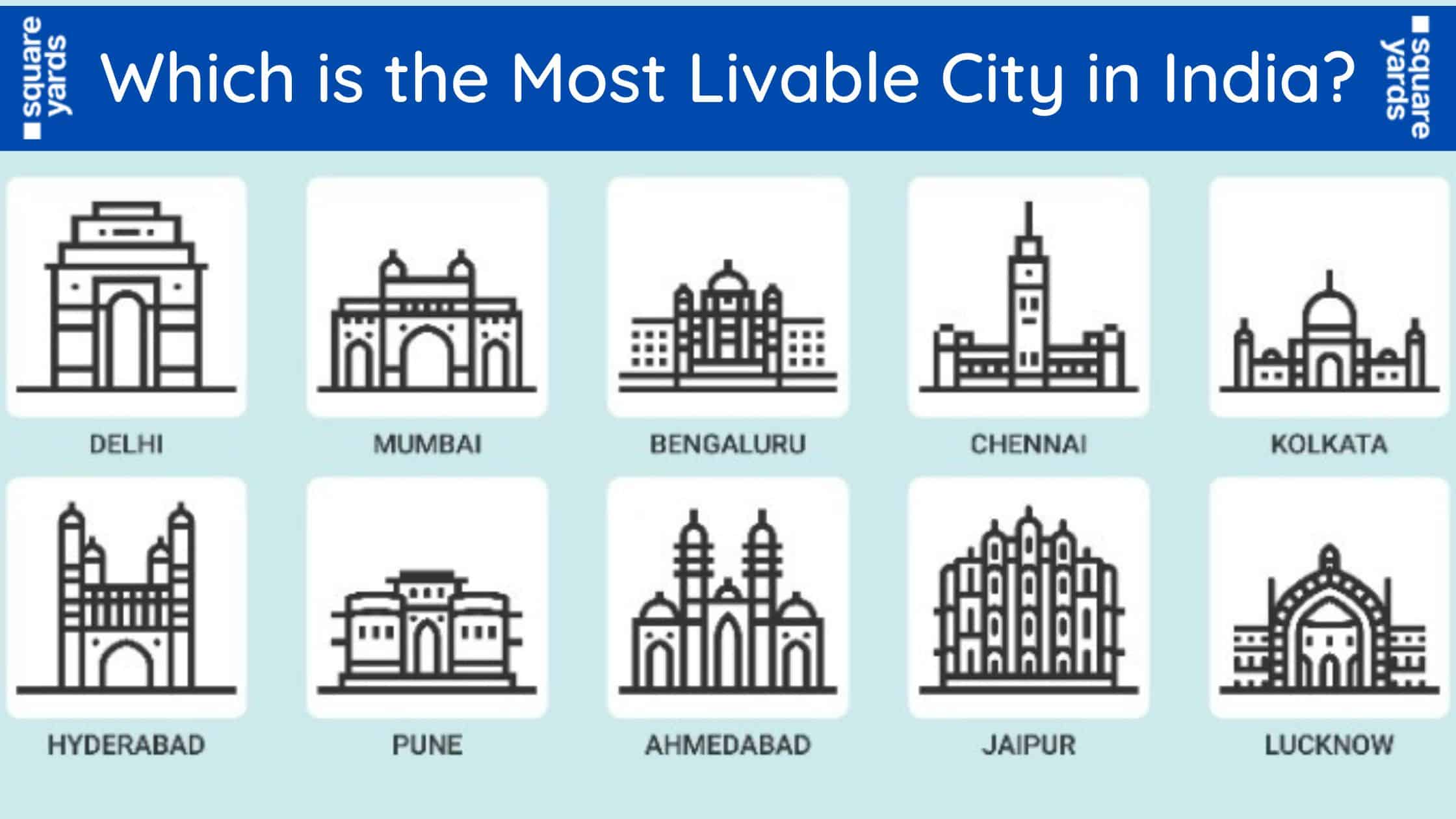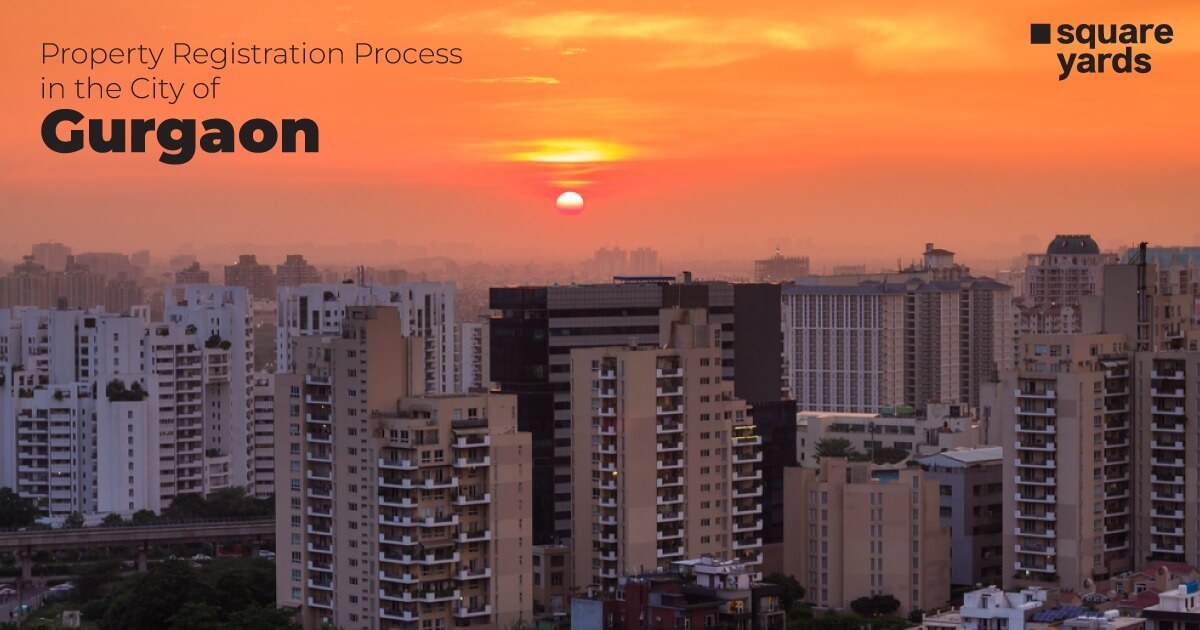Indian cities have several things going for them, especially the bigger ones, right from infrastructural development to social amenities and better connectivity projects. Yet, are they truly livable? Here’s the lowdown.
There are several factors making a city livable. They include everything from ease of access to major transportation facilities, business centres and essentials to availability of these essentials, civic infrastructure, pollution levels, urban planning, congestion, and a lot more. While several big Indian cities are hubs of trade and commerce, business and culture with mega projects in both residential and commercial segments, are they livable? Here is a lowdown on the same.
What the CSE Report Highlighted
The Centre for Science and Environment (CSE) released its report named State of India’s Environment in Figures 2021. It released on 16th June last year. Bangalore was named the best and most livable city in the country. The other top livable cities included Chennai, Shimla and Bhubaneswar. Only three capital cities of Indian States were in the list of the top-10 livable cities. The report assessed these cities on the basis of specific parameters, namely economic ability, quality of life, citizens’ perceptions and sustainability. Cities were rated out of a total score of 100. Bangalore got a score of 66.7 in the report while Chennai scored 62.61, coming in at number 2. Bangalore also got 78.82 in terms of the economic ability parameter while Chennai scored higher in quality of life at 60.84. Delhi was the worst-ranked capital city based on the feedback of residents, scoring 69.4. Bangalore got 78 in this count. The highest score was for Bhubaneswar at 94.8.
Other Reports
The 2019 Economist Intelligence Unit Global Livability Index ranked New Delhi and Mumbai at 118 and 119 out of a total of 140 global cities. The indicators for rankings were healthcare, stability, culture, environment, and infrastructure. The Government’s last Ease of Living Index ranked Bangalore again as the most livable city in the country. It was followed by Pune, Ahmedabad, Chennai and then Surat. There were 49 cities ranked in this index with more than one million residents. Delhi came in at number 13 while the bottom had cities like Guwahati, Amritsar, Bareilly, Srinagar, and Dhanbad.
Shimla came on top for cities with populations of less than a million people. In this list, Bhubaneswar came in at number two, followed by Silvassa and Kakinada along with Salem at number five. The bottom of the list of 62 such cities had Muzaffarpur, Satna, Rampur, Namchi and Aligarh. The Government’s index was based on overall quality of life and the effect of various urban development projects. 32 lakh people took part in the same throughout 111 cities as part of the Citizen Perception Survey and this had 30% weightage overall. No north Indian city with more than a million residents was in the top 10 in the Municipal Performance Index that had 51 corporations. Indore topped in this category while others in the top five included Pimpri Chinchwad, Surat, Pune and Bhopal. The last five cities were Srinagar, North Delhi, Aurangabad, Guwahati and Kota.
New Delhi topped the list of cities with less than 10 million people in the same category. It was followed by others like Gandhinagar, Tirupati, Salem and Karnal. The bottom tally had Imphal, Pasighat, Kohima and Shillong. The report also flagged the lower financial independence of municipal authorities. Only 20 out of 111 cities in the survey had the independence to invest and borrow funding without the approval of the State. 50% of municipalities generated 23% of overall revenues by themselves 50% had 80% coming from taxes while 14% only depended on taxes for earning revenues. 95% could only mop up 5% of earnings and other borrowings via other sources with the exception of grants from the State and Central Governments.






















































